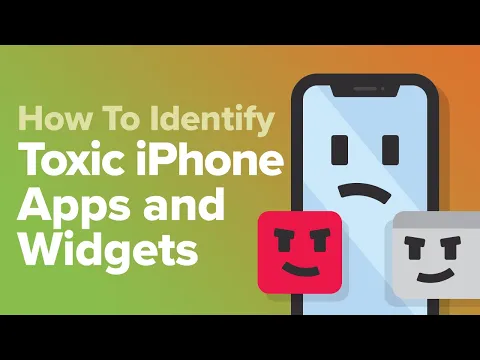In this digital age, it is becoming increasingly difficult to get by without some form of analytics. Businesses of all sizes are using data to make informed decisions about their products, services, and marketing campaigns. Even individuals are using data to track their fitness goals and monitor their spending.
The iPhone is no different. In fact, the iPhone has some of the most detailed and comprehensive analytics available. However, decoding this data can be a challenge.
This guide will provide you with everything you need to know aboutiPhone analytics data. We will cover what data is available, how to decode it, and how to use it to your advantage.
What Data is Available?
There are two types of data available on the iPhone: app usage data and system data.
App usage data is specific to each app installed on your phone. This data includes how often you use the app, how long you use it for, and what features you use most.
System data is more general and includes information such as your location, how often you use your phone, and which apps you have installed.
- How do I change my Apple Music account?
- How to Download OnlyFans Videos on Android?
- Can you see when someone checks your location?
How to Decode the Data?
The first step to decoding iPhone analytics data is to understand the difference between the two types of data. App usage data is more specific and can be difficult to decipher. System data, on the other hand, is more general and can be easier to understand.
Once you know the difference between the two types of data, you can start to decode the data itself. There are a few different ways to do this.
One way is to use an online tool like App Annie or Sensor Tower. These tools allow you to input your data and get detailed information about your app usage.
Another way to decode the data is to use the iPhone built-in analytics tools. To do this, go to Settings > Privacy > Analytics. From here, you can see a list of all the data that is being collected.
You can also use the iPhone built-in analytics tools to export your data. To do this, go to Settings > Privacy > Analytics > Export Data. This will allow you to save your data to a file so that you can view it later.
How to Use the Data?
Now that you know how to decode the data, it’s time to learn how to use it. The first step is to identify your goals. What do you want to achieve with your data?
Once you have your goals in mind, you can start to look for patterns. For example, if you want to increase your app’s usage, you might look for patterns in when people use your app.
You can also use the data to improve your marketing campaigns. For example, if you notice that people are using your app more on weekends, you might want to target your marketing campaigns to those days.
Finally, you can use the data to troubleshoot problems. For example, if you notice that people are using your app less after updating it, you can use the data to figure out why.
Conclusion
iPhone analytics data can be a valuable asset for any business or individual. By understanding the difference between app usage data and system data, you can start to decode the data and use it to your advantage.
- How To Program Ford F150 TPMS Sensors?
- Are Archangel Michael and Lucifer Twins?
- How Did Agrippina the Younger Die?
- How Do You Keep an Idiot in Suspense?
- What Does “Elusiveness” Mean in Literature??
- Where to Get Molted Claw?
- Where Is Parenthood Streaming? An In-Depth Look at the Best Platforms to Stream This Beloved Family Drama
- Which Is Left Hand?
- Why Is Crypto Crashing and Will It Recover?
- How to Open a Bank Account in Sneaky Sasquatch?
- Who’s Newt Scamander in Harry Potter?
- Are Apples Good for Dogs?
- When Was Aquaculture Started? An In-Depth Look at the Origins and Evolution of Fish Farming Through the Ages
- Where To Place Jack Stands On Ford F150?
- What’s Lemar Doing Now?
